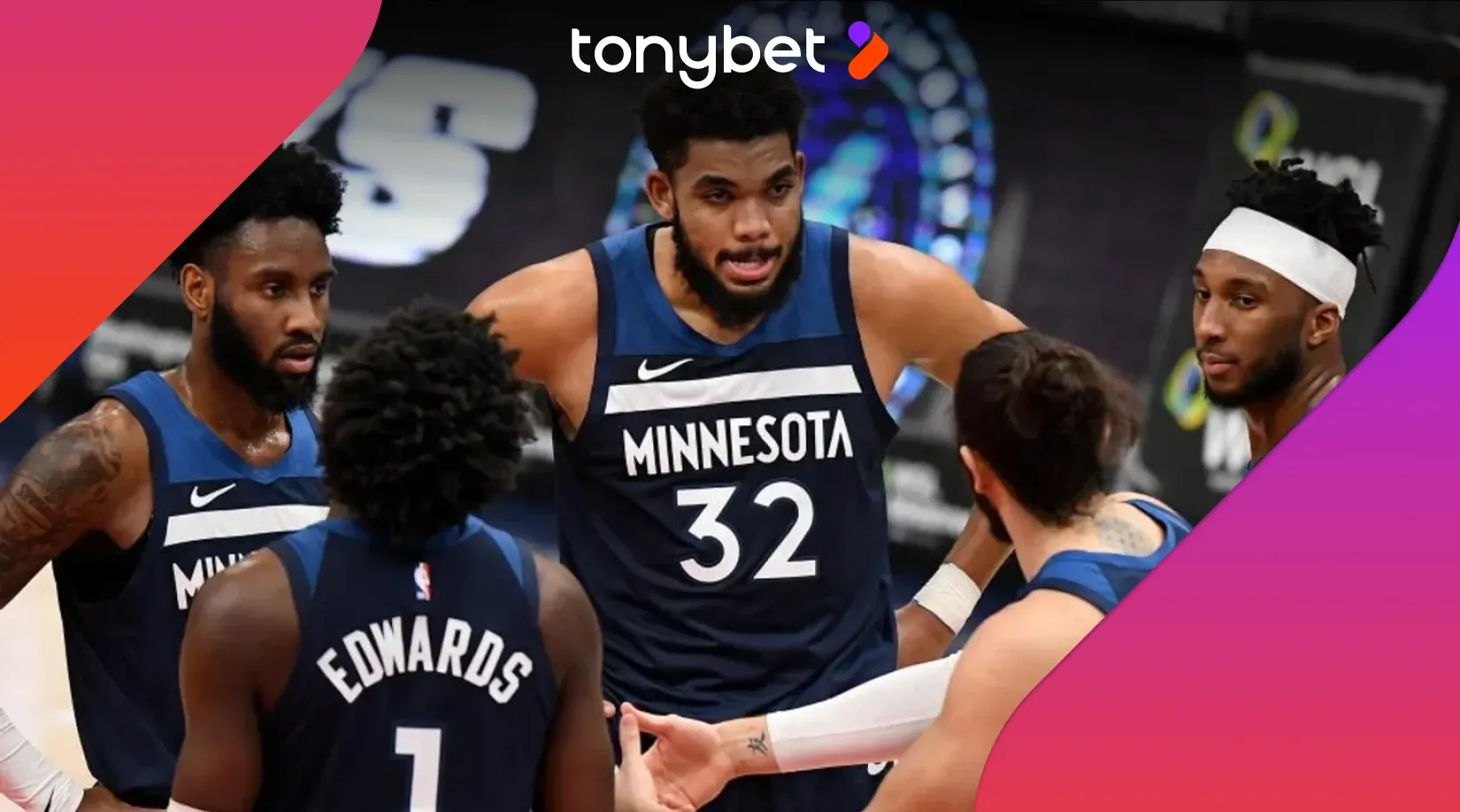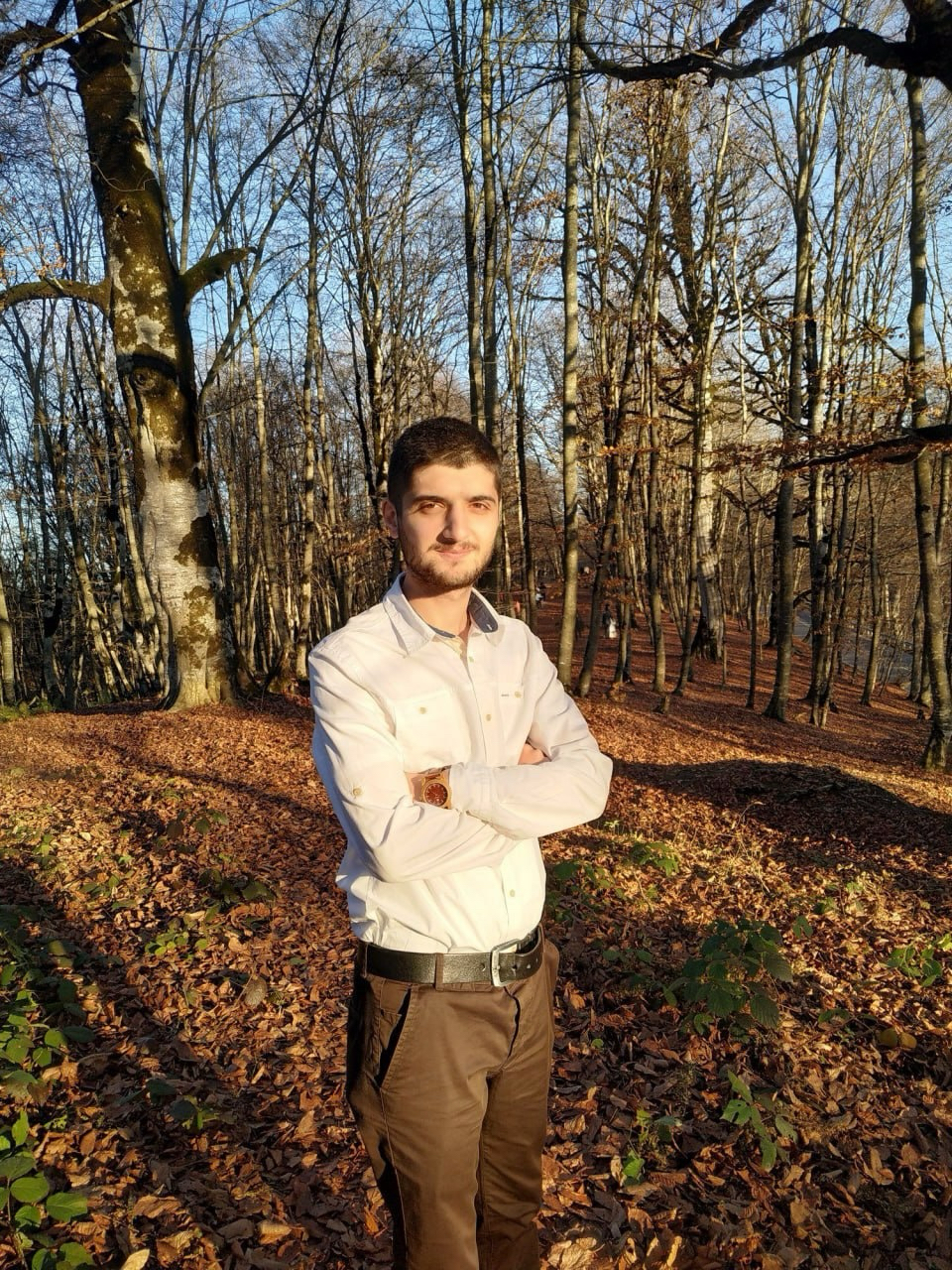The 2024-25 season was pretty transformative for the Minnesota Timberwolves, as they navigated major roster changes while still managing to make a decently deep playoff run that fell just short of their championship ambitions.
After trading franchise cornerstone Karl-Anthony Towns to the New York Knicks in exchange for Julius Randle, Donte DiVincenzo, Keita Bates-Diop, and a future first-round pick, the Timberwolves finished with a 49-33 record (.598) and secured the sixth seed in the Western Conference.
Performance
The Timberwolves’ regular season was a mixed bag, with the growing pains of roster reconstruction going alongside the continued rise of Anthony Edwards.
Edwards averaged 27.6 points, 5.7 rebounds, and 4.5 assists in 79 games, earning his third All-Star selection and cementing himself as one of the league’s best players, but not quite at the level of a franchise cornerstone yet.
Anthony Edwards doing this at 23 years old is scary for the league pic.twitter.com/X36wr5V60t
— 🐜🕷️ (@HoodiiAnt_) July 18, 2025
His best night of the year came on January 4th when Edwards exploded for a franchise-record 53 points against the Detroit Pistons, including 10 three-pointers that tied his career-high. He’s developing ridiculously fast.
However, it wasn’t like the big moves were without any hiccups. When KAT initially left, they had some chemistry issues, particularly with the integration of Julius Randle. Randle struggled early in the season but found his rhythm after a while and stopped chucking up bad shots left and right.
He eventually managed to average a solid 18.2 points, 6.8 rebounds, and 5.2 assists while shooting 52.3% from the field and 39.8% from three over the final two months of the season, giving Minnesota a fighting shot in the postseason.
Anthony Edwards at Denver Nuggets April 1, 2025
2nd half + OT + 2OT
29 Points
6 Assists
6 Rebounds
62% FG
50% 3PT https://t.co/cNsYhlLWnX pic.twitter.com/lkKBag1X52— Wolves In 6 (@WolvesInVI) July 28, 2025
The Timberwolves managed to go for 44-25 with Randle in the lineup and just 5-8 without him. He was crucial in keeping the offence afloat when things stalled.
Jaden McDaniels also made a big splash down the stretch, solidifying his spot as one of the best two-way players in the league. He posted career-highs of 12.2 points, 5.7 rebounds, 2.0 assists, and 1.3 steals per game on great shooting splits. On the defensive side of the ball, he was also elite, playing a key role in the playoff run.
All in all, the team continued to hold their defence to a high standard, ranking 6th in defensive rating (111.5) even without KAT clogging up the inside. Rudy Gobert did help quite a bit with the hole, anchoring the paint, but it was really the coaching staff’s success in accommodating Randle that made the team a real threat this time around.
Playoff Performance
The Timberwolves’ playoff run surprised many, even most Minnesota fans, as they made franchise history by winning playoff rounds in consecutive seasons for the first time ever. As the sixth seed, they managed to not only upset the third-seeded Los Angeles Lakers in five games during the first round but also beat the Golden State Warriors in another five games, earning their first home playoff series win since 2004.
the work never stops.
📸 » IG/imanisvision pic.twitter.com/uHG1IKV3A2
— Minnesota Timberwolves (@Timberwolves) July 25, 2025
Edwards shone brightest in these series, clutching up when it really mattered on both sides of the ball and grabbing tons of steals along with deep threes.
Randle was also quite big during the playoffs, although to a lesser extent, averaging career-high postseason numbers of 21.7 points per game while shooting an efficient 50.2% from the field.
However, the Western Conference Finals against the Oklahoma City Thunder exposed some of the team’s flaws. Despite managing to somehow push the series to five games against the eventual NBA Champion Thunder, the Timberwolves ultimately fell 4-1.
it’s just the beginning. 👀 https://t.co/83LnzeXVSG pic.twitter.com/rc6PxtDYUa
— Minnesota Timberwolves (@Timberwolves) July 22, 2025
Edwards had one hell of a series, though, including a dominant 30-point, nine-rebound, six-assist performance in that Game 3 blowout, but it just wasn’t enough.
If they want to improve, they’ll need to look at offensive consistency and depth, particularly in high-pressure moments against elite competition. Defence does indeed win championships, but when your team’s offensive efficiency drops to abysmal levels, you’re bound to struggle.
Next Season Outlook
Heading into the next season, the Minnesota Timberwolves have wasted no time securing their core. They’ve signed Julius Randle to a three-year, $100 million extension with a player option for the 2027-28 season, signalling their intent to win with Edwards now, not later.
However, the financial side of things is rather tough with Randle’s contract on the books, making it rather hard to make any real moves in the off-season. Several reliable role players like Nickeil Alexander-Walker have already walked, as the team couldn’t afford them. They did, however, keep Sixth Man of the Year winner Naz Reid through 2029-30, bolstering their frontcourt depth behind Gobert and Randle.
Naz Reid in January of ’25
16.1 PPG
5.3 RPG
54.4 FG%
57.5 3P%
69.9 TS%
15 GP pic.twitter.com/0sA6of0BKH— ⛹🏽♂️ (@simplyballup) July 26, 2025
Realistically, next season is going to be the make-or-break year for this core, determining whether they can actually take that final step or end up dead in the water. Edwards, now entering his fifth season at just 23 years old, looks to be locked in for the most part, likely hoping to take another leap forward in his game.
That being said, some of the key areas still need work, such as adding another ball-handler and finding ways to maximize the Gobert-Randle frontcourt pairing. Last year, their offence basically ground to a standstill with the two of them on the court.
Despite some small issues, Minnesota fans should be happy. The team’s championship window is wide open, Edwards is beginning to look like a young Kobe Bryant, and the supporting cast has proven they can compete with the league’s elite.
The foundation has been laid; now it’s time to build the championship structure on top of it.





 Giorgi Natsvlishvili
Giorgi Natsvlishvili